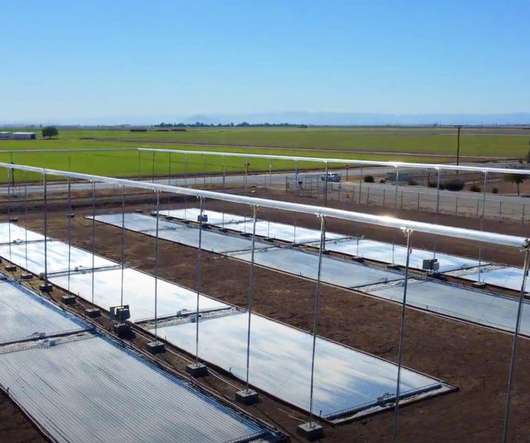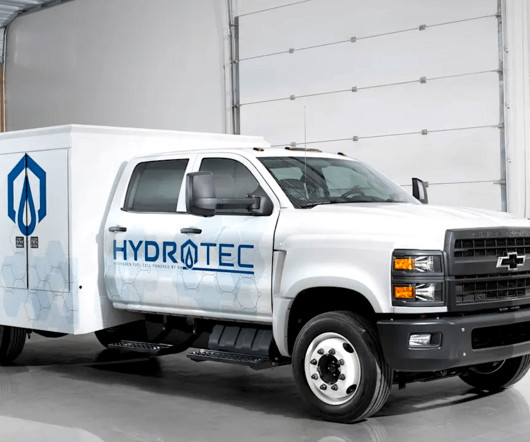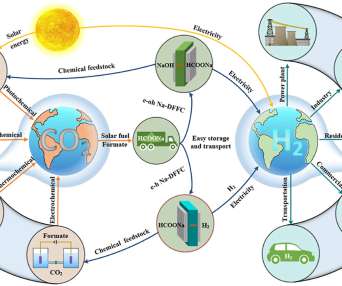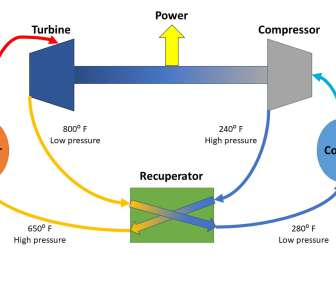Berkeley Lab researchers advance hybrid bioinorganic approach to solar-to~chemicals conversion; 50% electrical-to-chemical, 10% solar-to-chemical efficiencies
Green Car Congress
AUGUST 25, 2015
A team of researchers at the US Department of Energy (DOE)’s Lawrence Berkeley National Laboratory (Berkeley Lab) have hit a new milestone in their development of a hybrid bioinorganic system for solar-to-chemical energy conversion. In the new system, solar energy is used to split the water molecule into molecular oxygen and hydrogen.







































Let's personalize your content